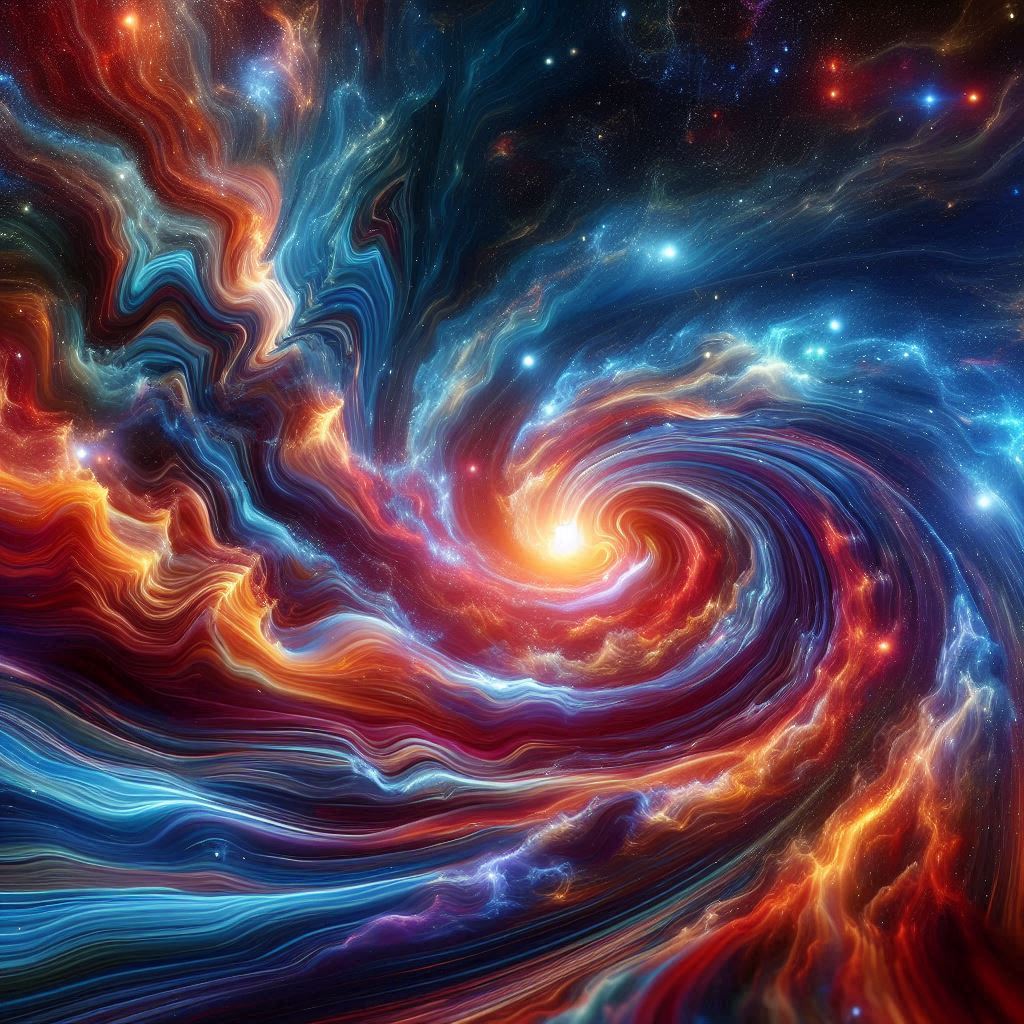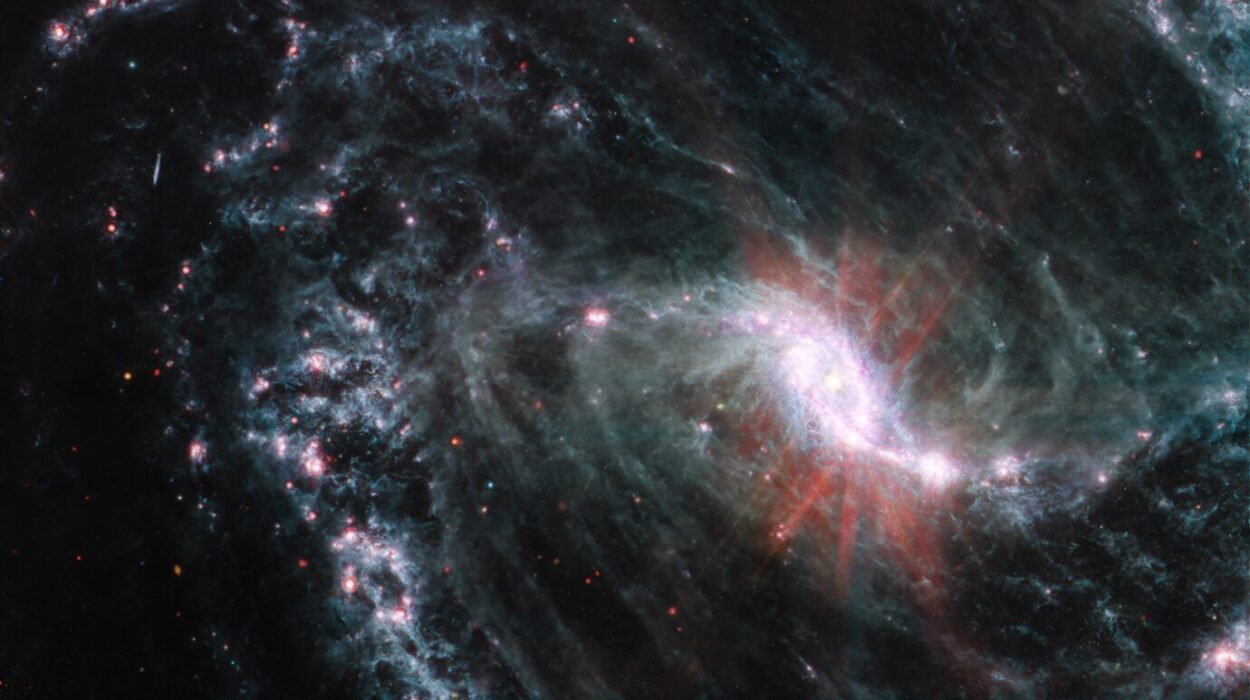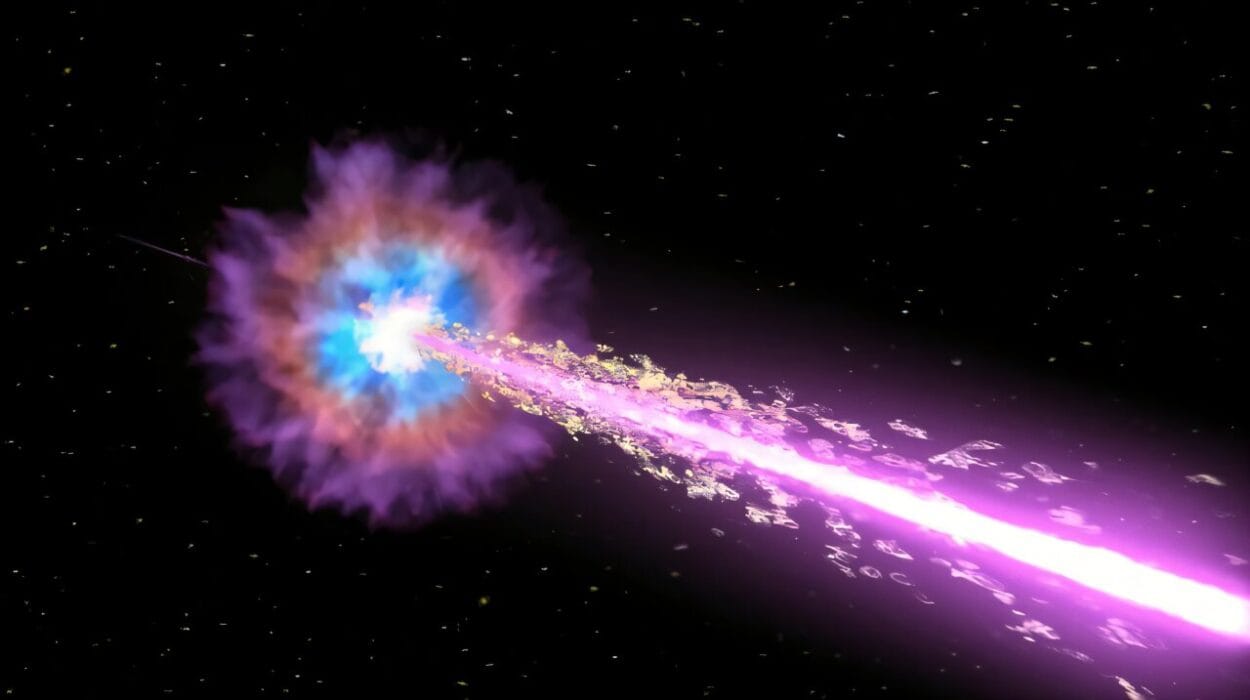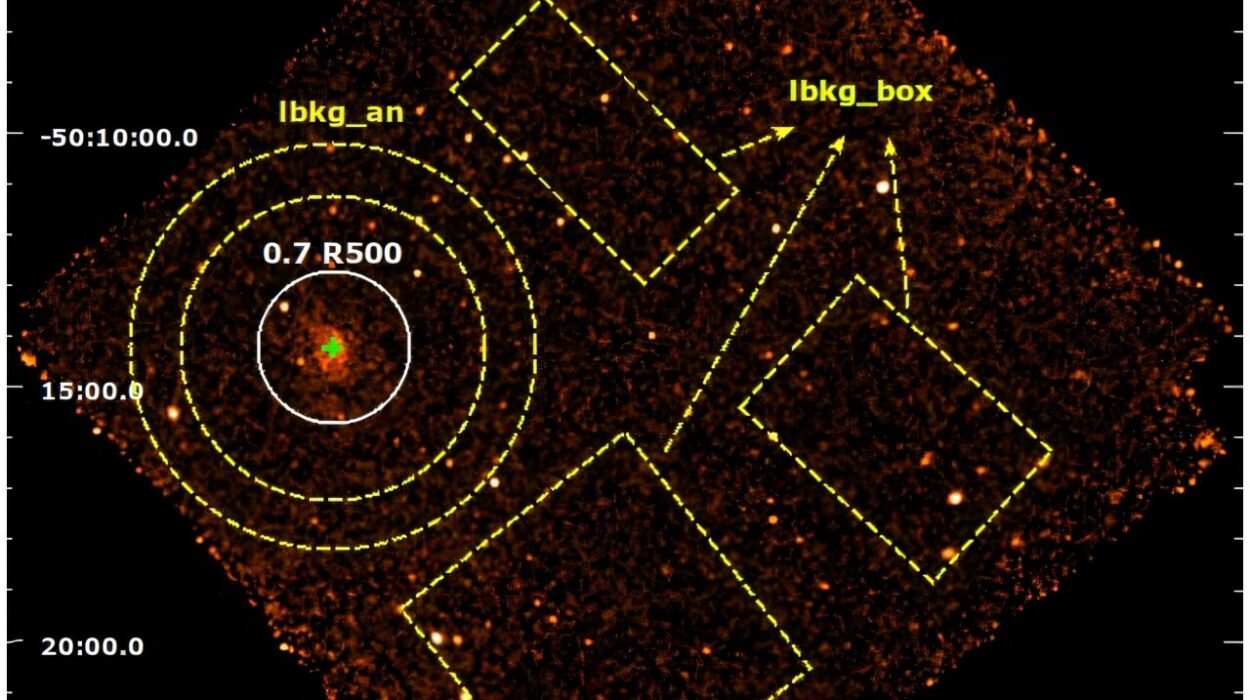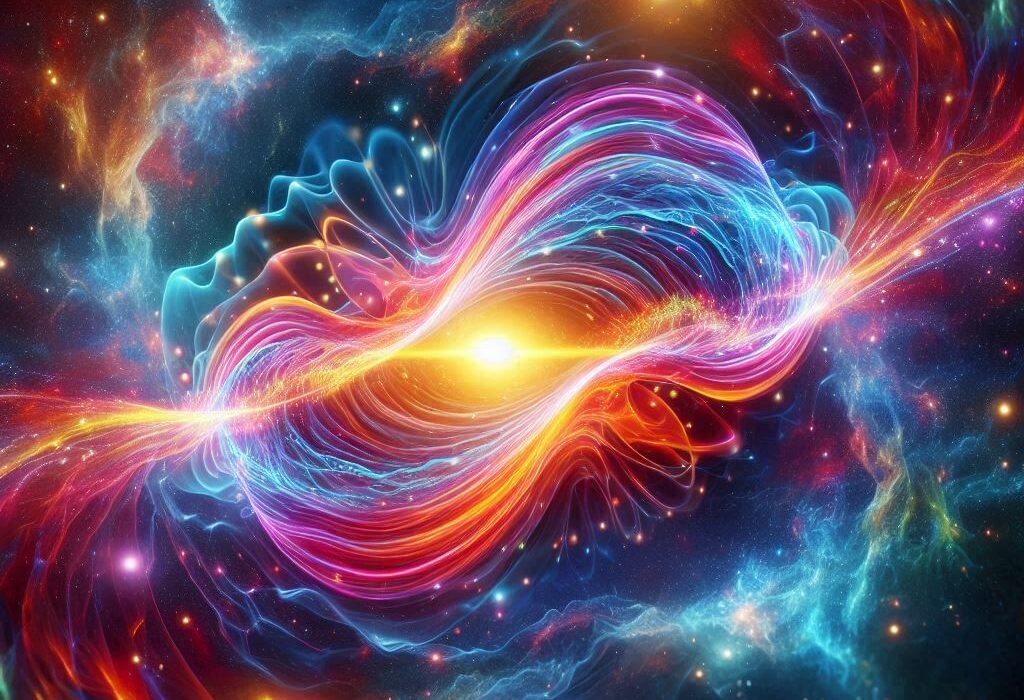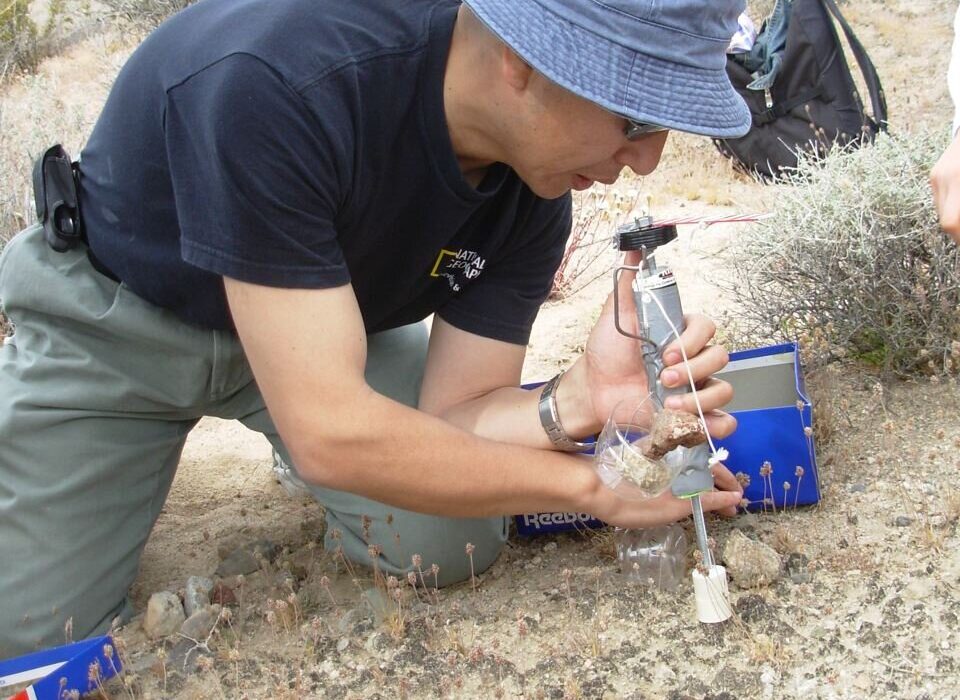In the beginning, there was silence. Or so we thought.
For centuries, humanity’s gaze has been fixed upward, toward the stars. We’ve charted their movements, deciphered their light, and wondered at their existence. Telescopes, both ground-based and space-faring, have unveiled galaxies spiraling in the darkness and quasars shining brighter than a trillion suns. Yet, despite all we’ve seen, we were deaf to a deeper music of the cosmos.
Until now.
Gravity waves—ripples in the very fabric of spacetime—are the whispers, shouts, and symphonic crescendos of the universe. They are the tremors of existence itself, echoing through the cosmic expanse. Once purely theoretical, these waves have become our newest instrument for listening to the universe’s grand performance.
Welcome to the age of gravitational wave astronomy. Welcome to the symphony of the stars.
What Are Gravitational Waves?
Imagine tossing a stone into a still pond. Ripples spread out from where it splashed, carrying the energy outward in widening circles. Now, replace the pond with spacetime—the very fabric of the universe—and the stone with something unimaginably massive: a pair of black holes colliding, or two neutron stars spiraling into each other. The ripples they send out are gravitational waves.
Albert Einstein first predicted these ripples over a century ago, in 1916, as part of his theory of general relativity. He realized that mass and energy can distort spacetime, and when that distortion changes rapidly—say, during a cosmic catastrophe—it sends waves outward at the speed of light.
But Einstein himself doubted whether these waves would ever be detected. They are minuscule disturbances, stretching and squeezing space by less than the width of an atomic nucleus across distances measured in kilometers. For a hundred years, gravitational waves remained theoretical, lurking beneath our instruments’ threshold of detection.
That changed in 2015. And with it, everything changed.
The First Note: LIGO’s Groundbreaking Discovery
On September 14, 2015, at 5:51 a.m. Eastern Time, two detectors—one in Hanford, Washington, and the other in Livingston, Louisiana—caught a faint, rhythmic chirp. It lasted just 0.2 seconds. But in that brief moment, humanity heard the universe in a completely new way.
What LIGO (Laser Interferometer Gravitational-Wave Observatory) had detected was the gravitational wave signature of two black holes—each about 30 times the mass of the Sun—colliding more than a billion light-years away. Their merger sent out an enormous amount of energy, momentarily outshining all the stars in the observable universe… but not in light. It radiated in gravitational waves.
The confirmation came quickly. The signal was clear, the data unmistakable. We had, for the first time, detected a ripple in spacetime itself. It was like hearing the first note of a cosmic symphony that had been playing, unnoticed, since time began.
This discovery earned the 2017 Nobel Prize in Physics for Rainer Weiss, Kip Thorne, and Barry Barish, three of the leading scientists behind LIGO. But more importantly, it opened an entirely new field of astronomy: gravitational wave astronomy.
Why Gravitational Waves Matter: A New Way of Seeing
Before gravitational waves, all our astronomical observations relied on some form of electromagnetic radiation—light, radio waves, X-rays, and so on. This limited us to observing things that emit light. But not everything does. Black holes, for instance, are famously lightless. Collisions and mergers often happen in dusty regions that obscure light from escaping.
Gravitational waves don’t care about dust. They don’t get absorbed, scattered, or deflected. They carry uncorrupted information directly from their source. When we detect them, we are essentially feeling the tremors of cosmic events, no matter how hidden or distant.
Think of light-based astronomy as watching the lightning flash. Gravitational wave astronomy is hearing the thunder roll. Together, they give us a much fuller picture of the storm.
The Symphony’s Players: What Creates Gravitational Waves?
1. Black Hole Mergers
These are the rock stars of gravitational wave astronomy. When two black holes orbit each other, they lose energy through gravitational waves, spiraling closer and faster until they collide. The collision sends out a burst of gravitational waves that ripple across the universe. LIGO’s first detection, GW150914, was such an event.
2. Neutron Star Mergers
Neutron stars are the dense remnants of exploded stars. When two of them merge, they produce gravitational waves and, sometimes, gamma-ray bursts and heavy elements like gold and platinum. The 2017 detection of GW170817 was the first multi-messenger event: both gravitational waves and electromagnetic radiation were observed from the same source, confirming theories about the origins of heavy elements.
3. Supernovae
The violent death of massive stars can also generate gravitational waves, although we haven’t yet detected one from a supernova. When a star collapses asymmetrically, it can send ripples through spacetime.
4. The Early Universe
Some theorists believe gravitational waves from the Big Bang are still traveling through space. These “primordial” waves would be incredibly faint but could reveal secrets about the earliest moments of the universe—far beyond what we can see with light.
The Instruments: How Do We Listen to the Universe?
LIGO and Virgo
LIGO’s two observatories and its European cousin, Virgo, are massive L-shaped detectors. Each arm of the “L” stretches for kilometers, containing vacuum tubes through which lasers are fired. The basic idea is to measure tiny changes in the length of the arms caused by passing gravitational waves.
Gravitational waves stretch one arm while squeezing the other, by an amount smaller than a proton’s width. Lasers bouncing between mirrors can detect this incredibly tiny difference. It’s a feat of engineering as much as physics, requiring isolation from vibrations as subtle as passing trucks or distant earthquakes.
KAGRA
Japan’s KAGRA detector, built underground and using cryogenically cooled mirrors, joined the network recently. Its location and technology offer unique advantages for improving sensitivity and helping pinpoint the location of gravitational wave sources.
LISA: Listening in Space
The Laser Interferometer Space Antenna (LISA) is an ambitious project planned by the European Space Agency, set for launch in the 2030s. Unlike Earth-based detectors, LISA will orbit the Sun, with spacecraft forming a triangle millions of kilometers across. It will detect lower-frequency gravitational waves from supermassive black holes and possibly signals from the early universe.
The Music of the Cosmos: What We’re Learning
Every gravitational wave detection is like hearing a new song from the universe. Some are deep, slow bass notes (massive black hole mergers). Others are higher, faster chirps (neutron star collisions). By studying them, we’re rewriting our understanding of the cosmos.
Confirming Einstein
So far, every gravitational wave detected has matched the predictions of general relativity. Spacetime behaves just as Einstein thought—at least in the ways we can currently observe.
Where Heavy Elements Come From
The GW170817 event confirmed that neutron star mergers create heavy elements like gold and platinum. Before this, we weren’t sure exactly how these elements were made in the universe.
Black Hole Mysteries
LIGO and Virgo have found black holes in mass ranges we didn’t expect. Some are too big to form from a single star but too small to be supermassive. These “intermediate” black holes could answer major questions about black hole formation and growth.
The Expansion of the Universe
By comparing gravitational wave signals with the light from the same events, scientists can measure cosmic distances independently from traditional methods. This could help resolve the “Hubble tension”—the disagreement over how fast the universe is expanding.
A New Era: Multi-Messenger Astronomy
The true magic happens when gravitational waves are combined with electromagnetic observations. GW170817 was a groundbreaking example. Astronomers spotted gravitational waves from a neutron star merger, followed by a flash of gamma rays. Then, telescopes around the world captured visible light, X-rays, and radio waves from the same event.
This coordinated observation confirmed theoretical models of neutron star mergers and the production of heavy elements. It marked the dawn of “multi-messenger astronomy,” where we use different kinds of signals to understand a single cosmic event.
What Lies Ahead: The Future of Gravitational Wave Astronomy
The symphony is only beginning.
Better Detectors
LIGO and Virgo are continuously upgrading, aiming for greater sensitivity and range. Next-generation detectors like the Einstein Telescope in Europe and Cosmic Explorer in the US promise to extend our reach deep into the cosmic past.
Space-Based Observatories
LISA will open up an entirely new frequency band of gravitational waves. It will detect massive black holes colliding at the centers of galaxies and possibly even primordial waves from the dawn of time.
Pulsar Timing Arrays
By carefully monitoring the radio pulses of millisecond pulsars—extremely regular cosmic clocks—scientists hope to detect the gravitational hum of supermassive black hole binaries. The recent announcement from the North American Nanohertz Observatory for Gravitational Waves (NANOGrav) hints that we may already be hearing this cosmic background.
The Human Element: Why It Matters
Gravitational wave astronomy is not just about data and detections. It’s about expanding the frontier of human knowledge. We are, for the first time, not only seeing but feeling the heartbeat of the universe.
It is a profound shift in how we understand our place in the cosmos. Just as Galileo’s telescope expanded our view in the 17th century, gravitational wave detectors are expanding our senses in the 21st. They connect us more deeply to the rhythms and cycles of the universe.
And who knows what we might hear next? Colliding black holes, neutron star dances, the echoes of creation itself… or something we haven’t even imagined.
Conclusion: The Symphony Plays On
The universe has always been playing its symphony. For eons, the melody of creation has rippled through space and time, unheeded by human ears. Now, with the advent of gravitational wave astronomy, we are finally part of the audience.
And it’s not just a concert of distant cataclysms. It’s a story of discovery, of humanity reaching out to touch the infinite and listen to the music of the stars.
We have heard the first notes. The symphony plays on.
And we are listening.
